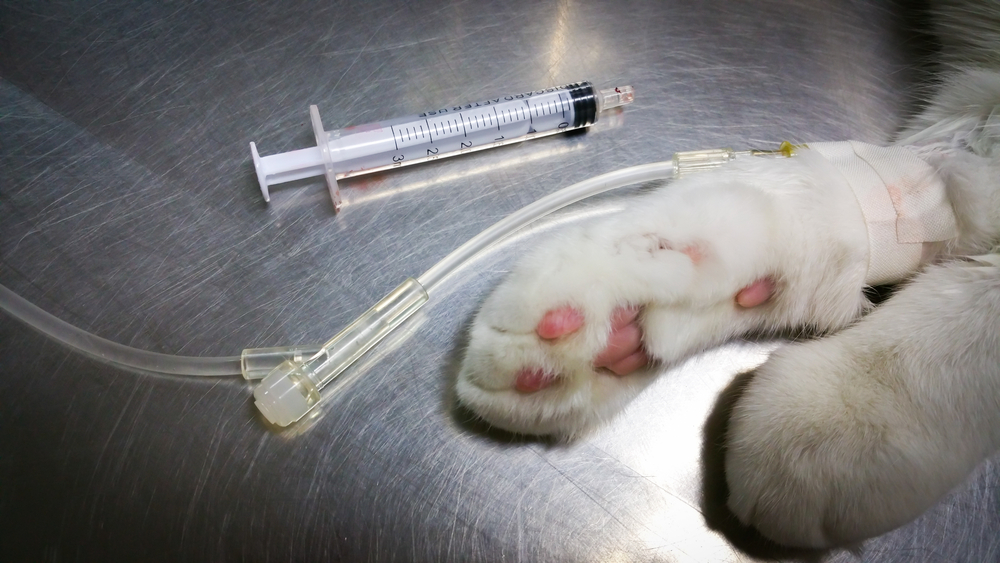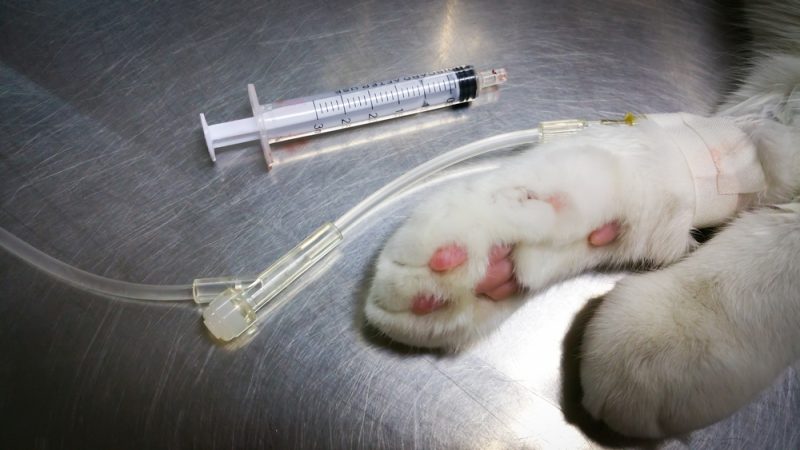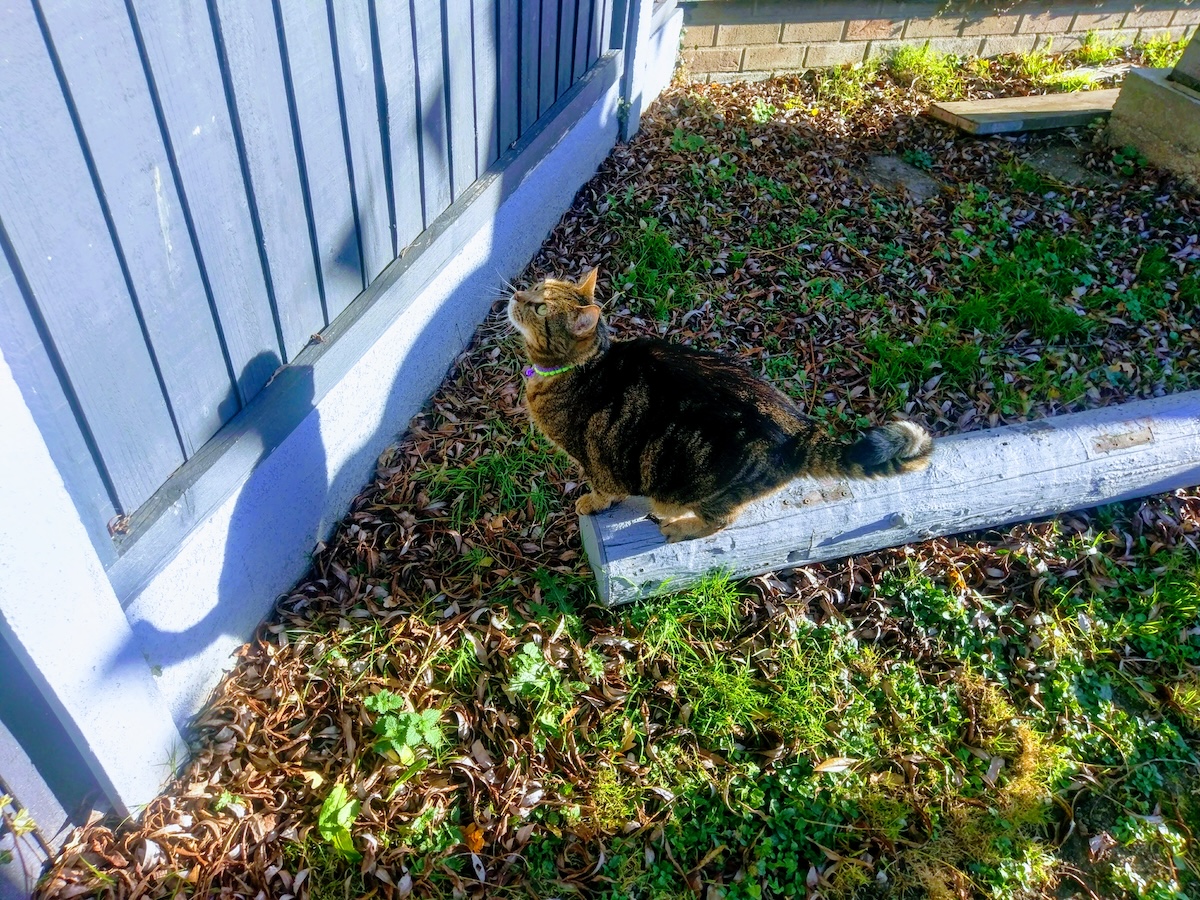Unfortunately, saying goodbye to your beloved cat can be a difficult decision for pet owners. But in many cases, it’s necessary if the cat is suffering from an illness or age-related problems. Euthanasia is a humane and compassionate way to end an animal’s suffering and can be an important part of the end-of-life process.
Understanding cat euthanasia is essential for owners so they can make the right decision for their pets. In this post, we’ll provide all the information needed to understand cat euthanasia, including what it is, why it’s done, how much it is, the situations in which a cat should be euthanized, and how to cope with the loss. With the right knowledge and support, a cat owner can make sure their beloved pet has a peaceful and dignified end-of-life experience. How much does it cost to put a cat down? In general, it can cost anywhere between $60 and $300 to have a cat euthanized in the U.S.
The Importance of Cat Euthanasia
Euthanizing cats is an important and often necessary decision that pet owners and animal shelters must make to ensure the well-being of cats and the greater community, meaning fewer homeless cats. Euthanasia can be the most humane option when a cat is suffering from a severe and incurable illness or injury or when they pose a danger to humans or other animals.
In the case of a severely ill or injured cat, euthanasia can end the cat’s suffering and can be a more humane option than leaving the cat to suffer in pain. It can also be the kindest option when the cat’s prognosis is not good and there is no hope that the cat will recover. In cases where the cat poses a danger to humans, euthanasia can prevent the cat from inflicting possible harm on people or other animals.
For animal shelters, euthanizing cats can be a necessary step in controlling the animal population, particularly when the shelters are over capacity. This can help ensure that cats are not living in overcrowded shelters, and it can help prevent the spread of disease. It can also be a cost-effective way of controlling the feral animal population, as it can be more economical than caring for large numbers of cats in shelters or desexing them. It can even be considered the only way of protecting endangered wild species populations from feral cat depredation.
Euthanizing cats can be a difficult decision to make, but the fact of the matter is that it’s often the best option in certain circumstances.
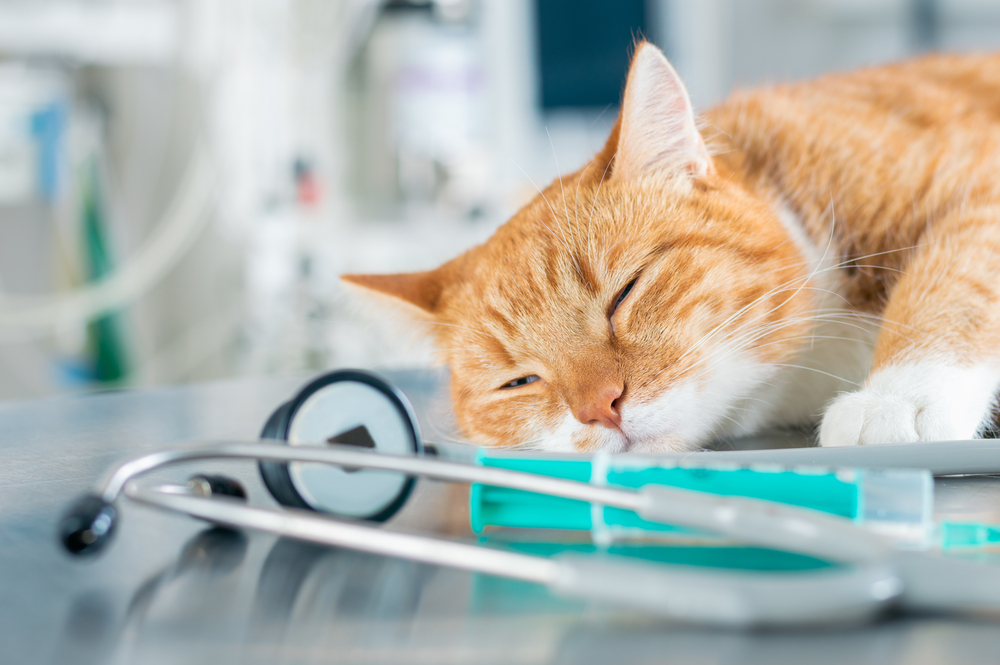
How Much Does It Cost To Euthanize A Cat?
It can cost anywhere between $60 and $300 to have a cat euthanized in the U.S. The actual cost to euthanize a cat will depend on your location, the type of drugs administered, and any aftercare services that you request, such as cremation. There are also mobile services that can come to you and euthanize your cat at your home (sort of like a mobile vet). For this service, you’ll likely need to pay an additional fee.
Here’s a comparison chart of the cost to euthanize a cat in several cities across the United States.
| City | Low-End Average | High-End Averages |
| Manhattan, New York | $100 | $200 |
| Washington, D.C. | $115 | $175 |
| Dallas, Texas | $75 | $250 |
| Toledo, Kansas | $60 | $185 |
| Chicago, Illinois | $75 | $190 |
| Miami, Florida | $60 | $195 |
| Los Angeles, California | $125 | $295 |
Additional Costs to Anticipate
Additional costs for cat euthanasia may include any travel fees, medications, additional anesthesia, memorial products, or other services that you want performed, such as burial or cremation offerings. The cost of these services can vary based on the provider, and things such as memorial products for your pet are optional. You may wish to ask for a full estimate before having the procedure so that you have an idea of what to expect financially.
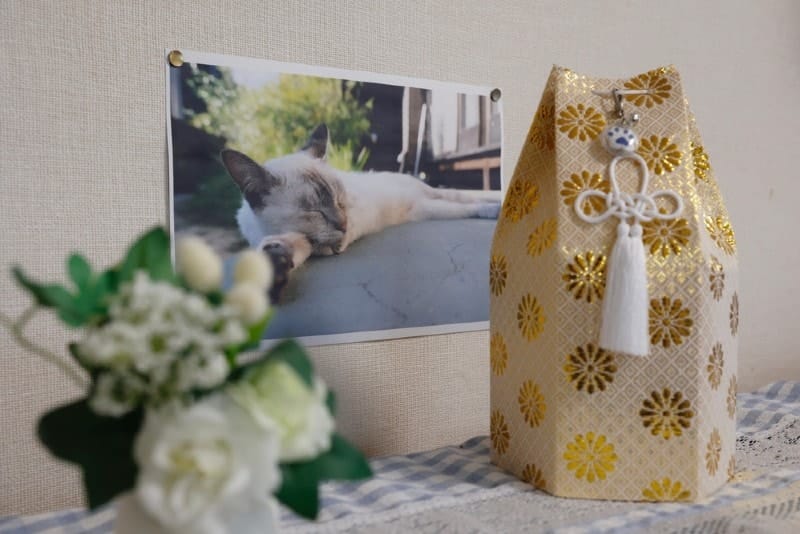
What’s the Process for Cat Euthanasia?
Before a cat is euthanized, the veterinarian will conduct a physical examination and discuss the cat’s medical history and the prognosis of their condition. The vet will also discuss the euthanasia process and answer any questions the pet owner may have.
The actual process of cat euthanasia begins with the pet being placed on a table, and in some cases, the vet may ask the owner to pet or hold the cat to help them relax. Then the vet will generally administer a sedative to the cat in order to make them more relaxed and to reduce any anxiety or distress. After the cat is sedated, the vet will administer the euthanasia drug, usually via an injection into the bloodstream, though other techniques are available, such as an injection directly to the liver, kidney, or heart. The cat will then pass peacefully as the drug starts to take effect.
During the process, the cat is monitored, and the vet may stroke the cat and talk to them in a comforting, reassuring way. After the cat has passed away, the vet will check for a heartbeat and confirm that the cat has died. The owner can decide if they would like to be present for the final moments or if they would prefer to say their goodbyes earlier. The vet will provide the pet owner with a certificate of euthanasia, which is a legal document verifying the cat’s humanitarian-assisted death.
In What Situations Is Euthanizing a Cat Considered the Best Option?
Deciding to euthanize an animal is never easy, especially if they are a beloved family member. However, there are certain situations in which euthanizing a cat is the most humanitarian thing to do. Obviously, this is the last option that a vet will recommend, typically after trying every available option to treat and cure a sick cat. However, medicine has its limits, and when a cat is suffering constant discomfort and pain and their quality of life is affected, euthanasia is considered.
Examples of when euthanasia might be the best option for a cat are incurable disease, chronic debilitating illness (such as non-responsive cancer), a large traumatic injury with a poor prognosis, a birth defect that will result in a poor quality of life, a neurological condition that affects the animal’s ability to have a good quality of life, etc. Euthanasia is a hard decision, but it means not extending a cat’s suffering when they have no hope of recovery.
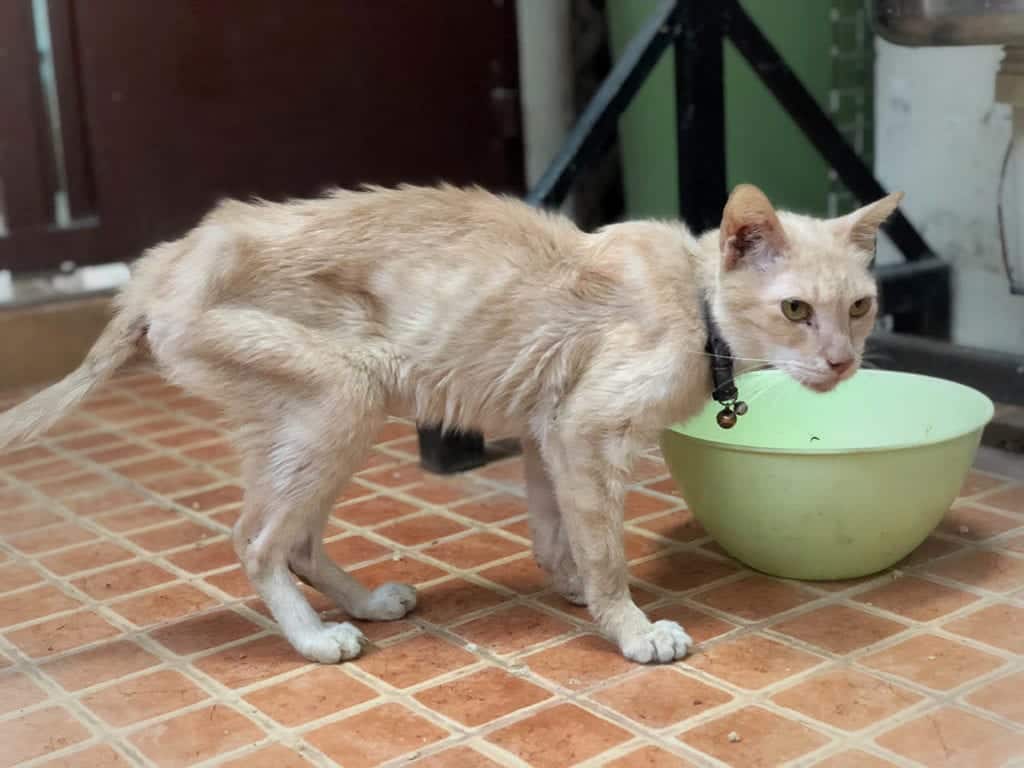
What Happens After a Cat Euthanasia?
After a cat is euthanized, the owner must decide whether to bury or cremate their pet’s body. Burial is usually the more affordable option, but you should also check local regulations and make sure the burial site is appropriate. Cremation is more expensive, especially if it is a private and not a group cremation. While pricier, a private cremation provides pet owners with the option to keep their cat’s ashes to scatter them in a special place or put them in an urn or another container as a memorial.

Does Pet Insurance Cover Cat Euthanasia?
It depends on the policy, the provider, and the circumstances. While some insurance policies may cover the cost of euthanasia, it’s not universal. Some policies may provide coverage only for certain types of euthanasia if the vet recommends it as the only option. Others may not cover euthanasia at all. Also, typically, a pet insurance policy will not cover cremation or burial services, and you’ll usually have to cover these costs yourself.
So, you’ll need to carefully review the policy details of any pet insurance you are considering. This will allow you to better understand the coverage that is provided, as well as what is excluded.
Conclusion
It can be very difficult to decide whether to euthanize your cat, and it may be one of the most difficult decisions of your life. That said, there are many benefits associated with euthanasia, and making the choice to have your cat put down may be the best thing for the cat if they’re suffering. Hopefully, this guide has provided you with the information you need as to how much the procedure costs and other aspects regarding euthanasia.
Featured Image Credit: Nitiphonphat, Shutterstock

